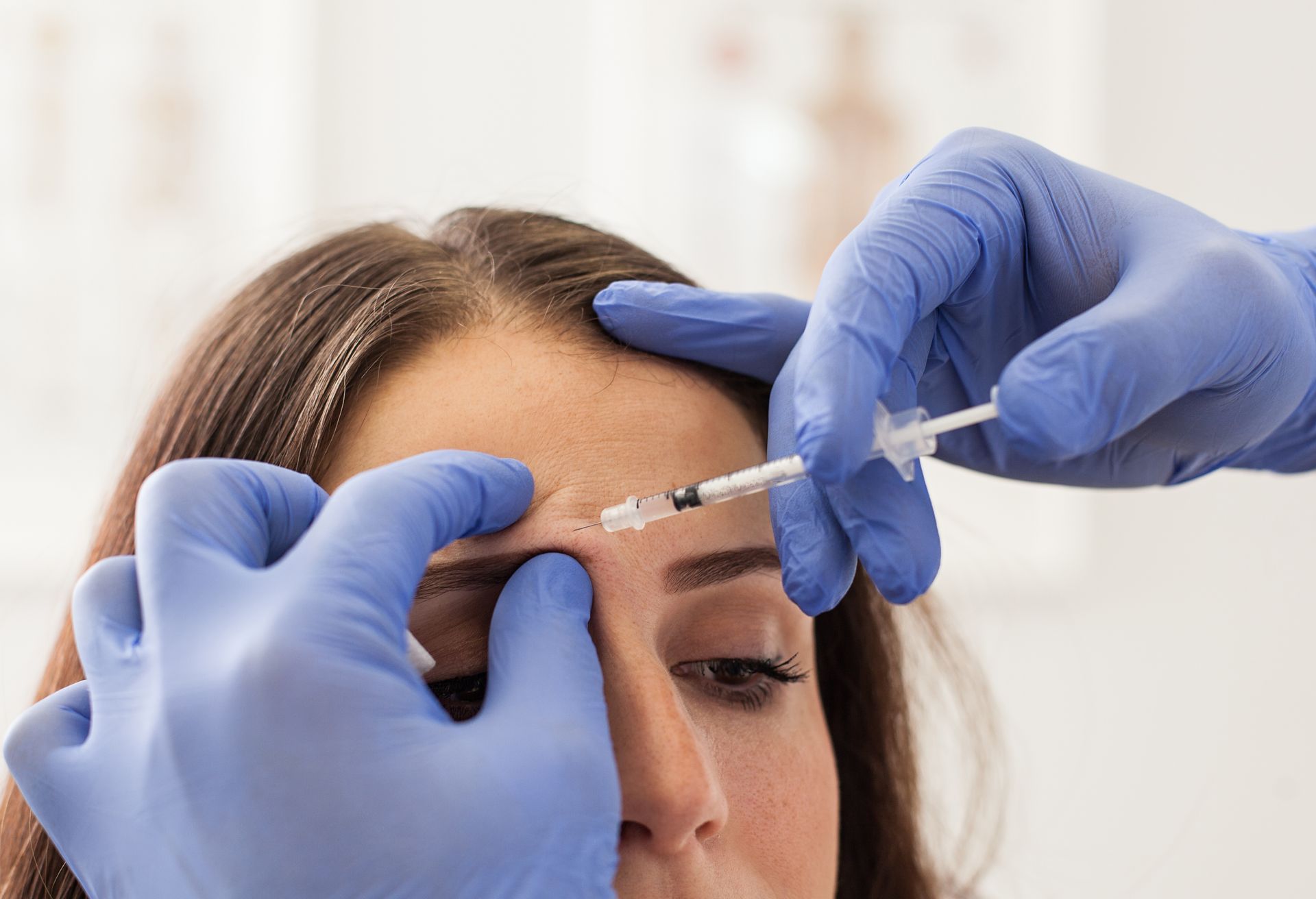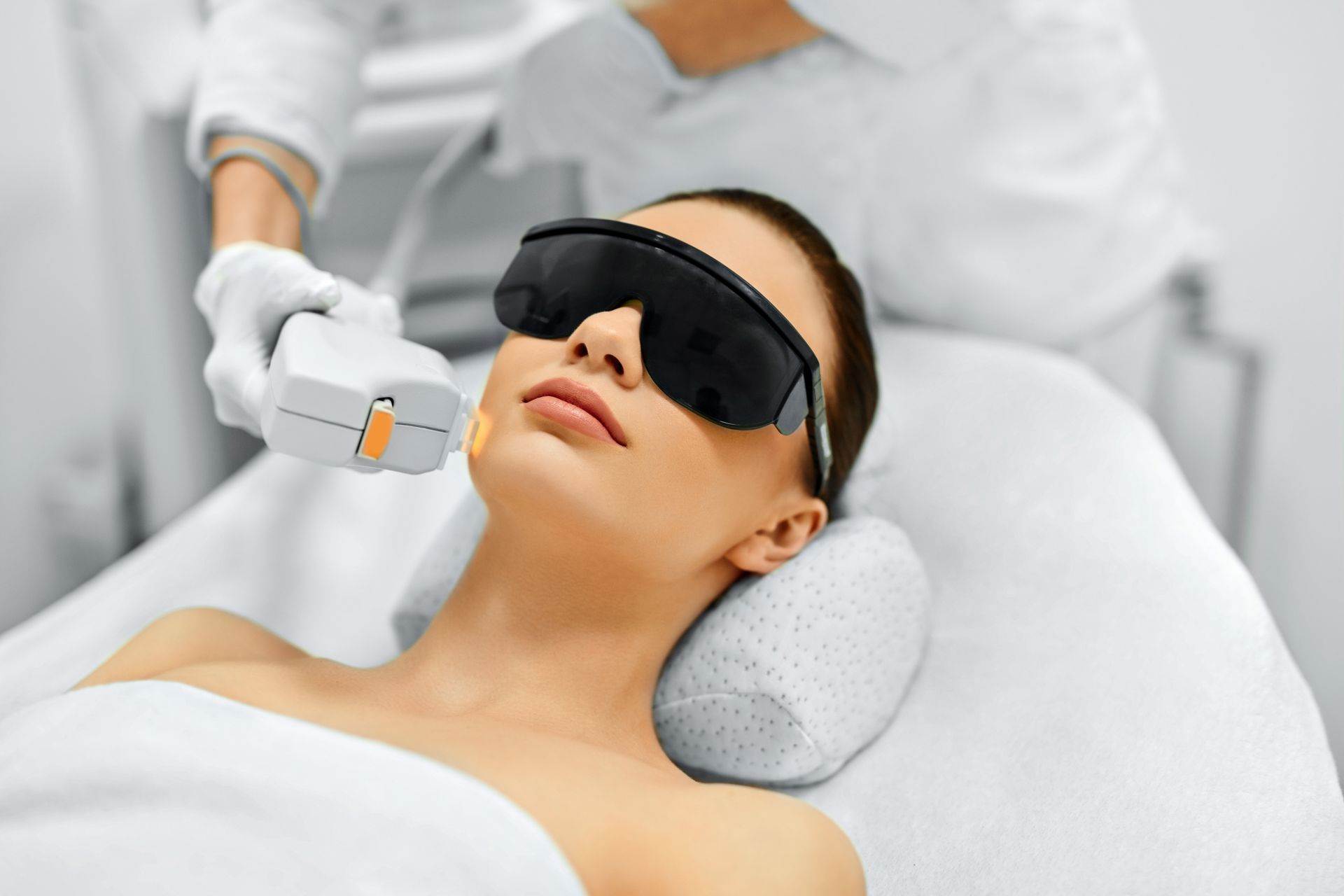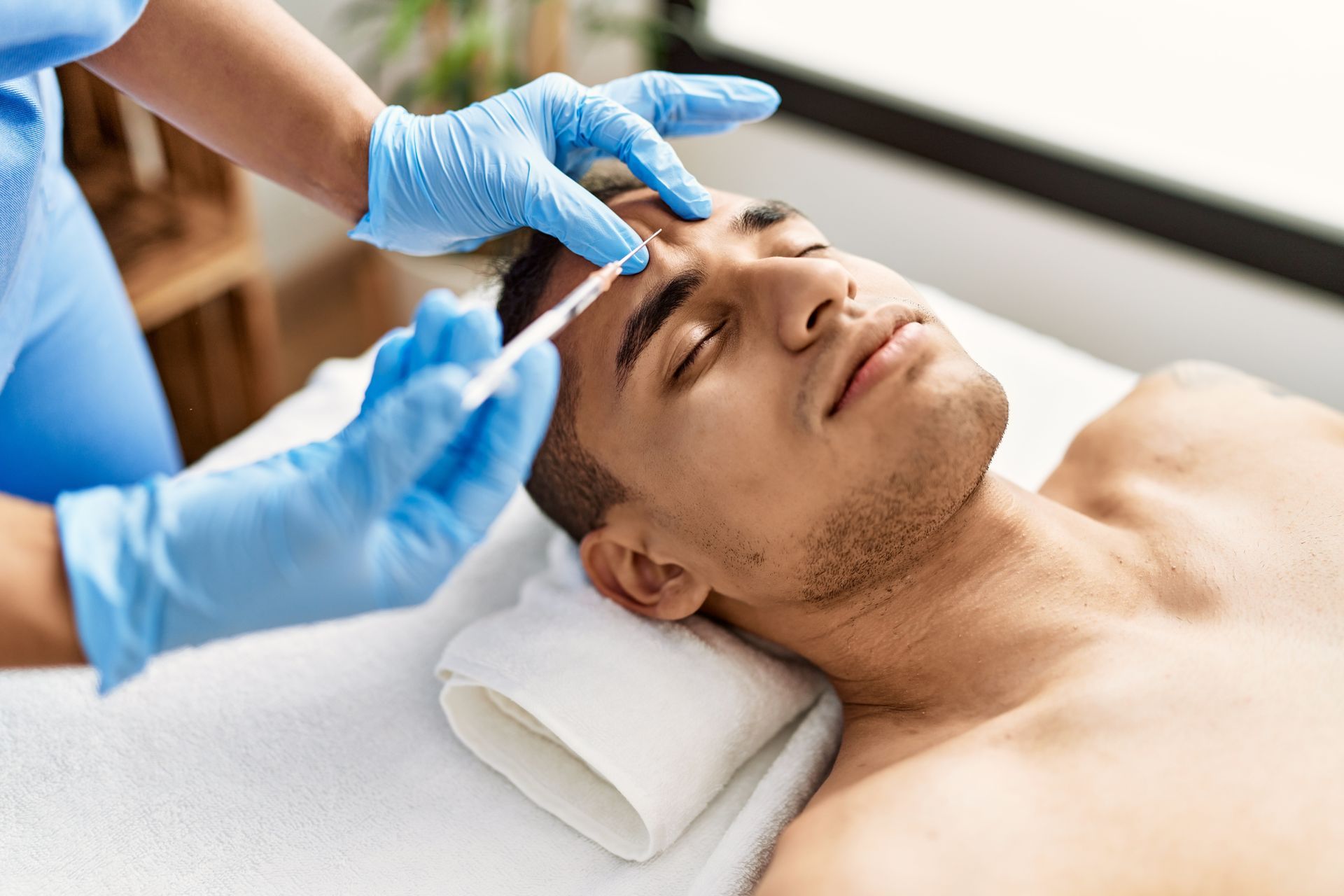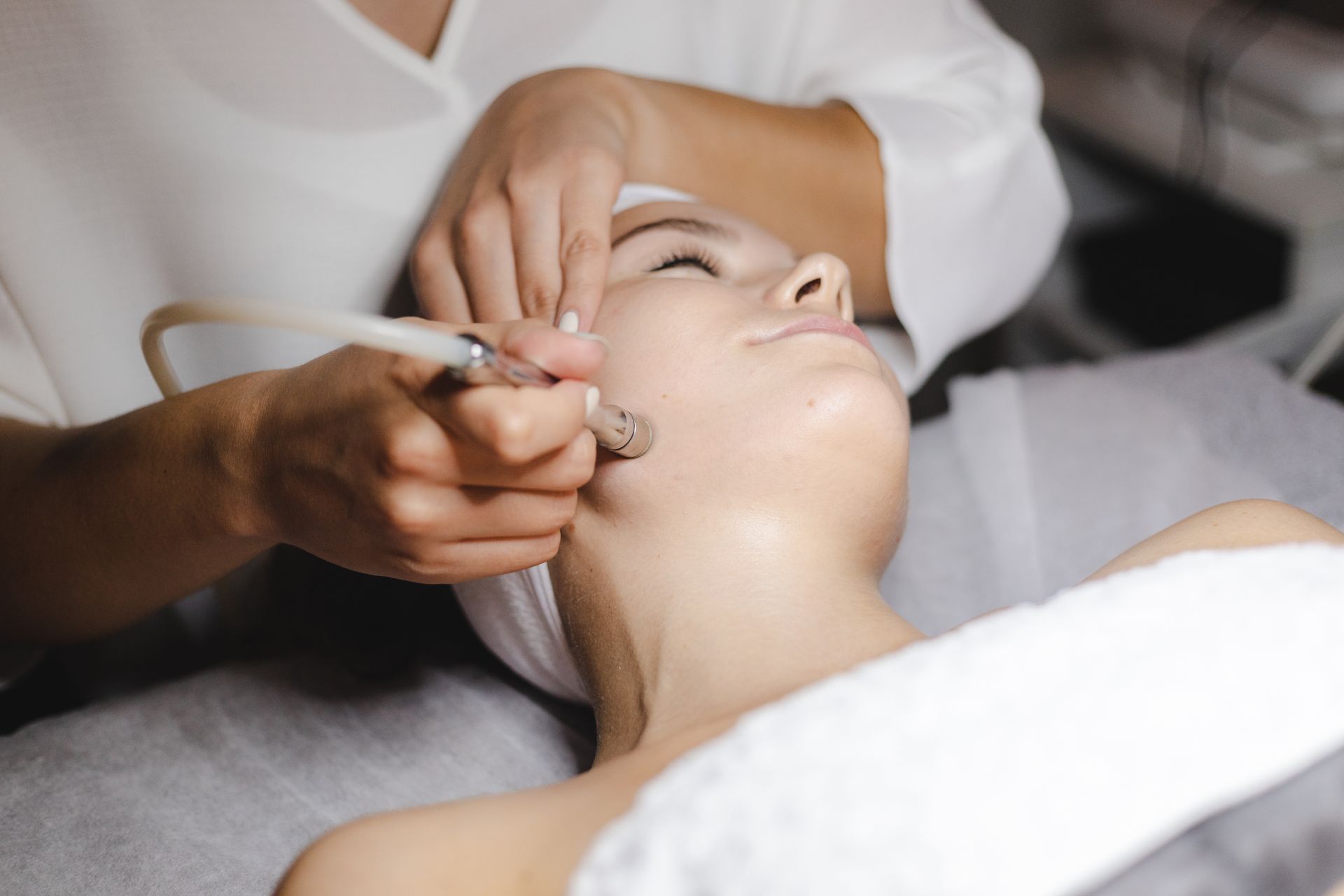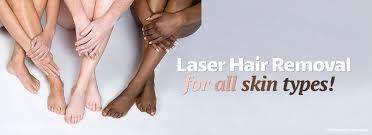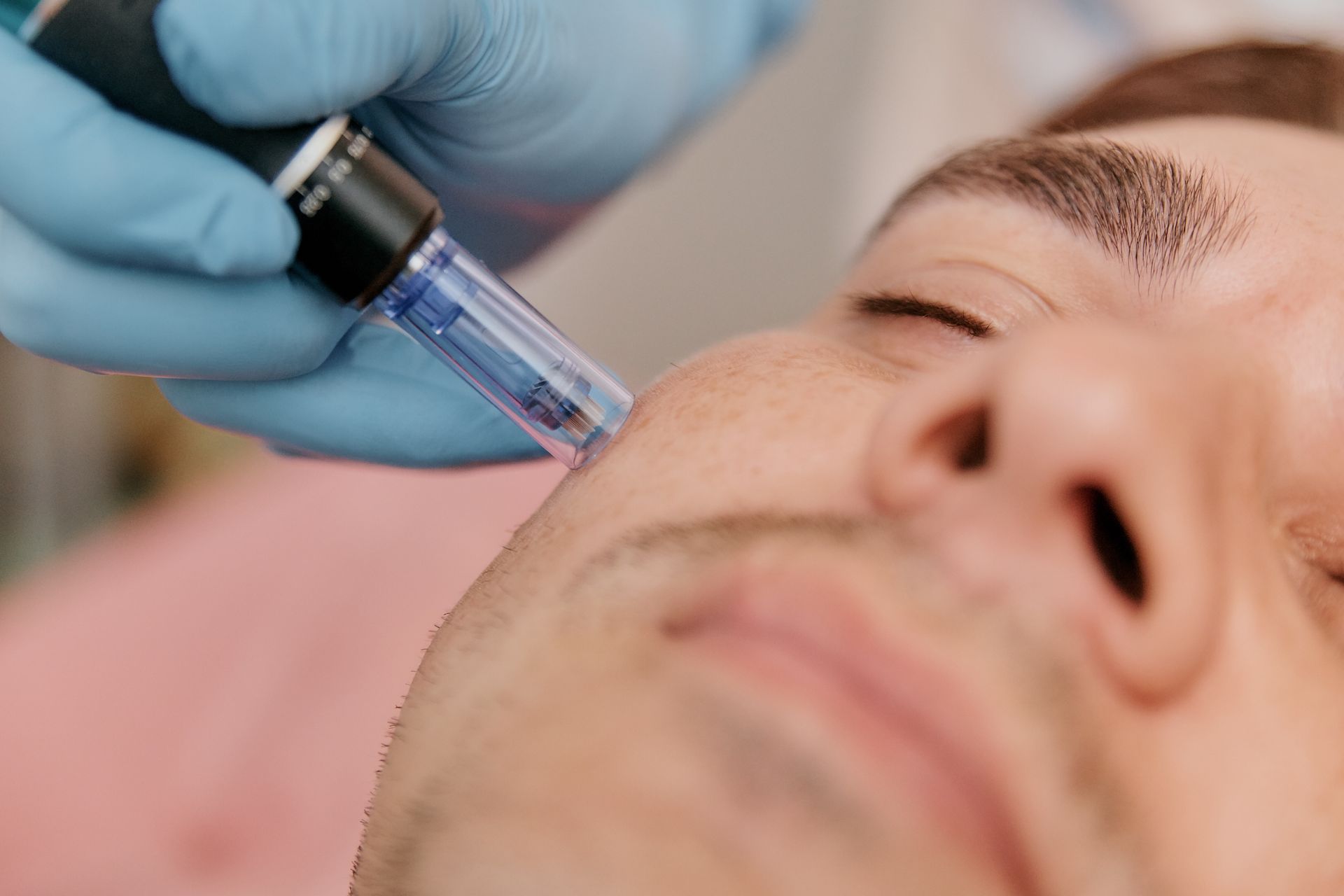By Robin McIntyre
•
April 20, 2023
Preparing for a med spa appointment is pretty different than preparing for a regular spa appointment. For a normal spa day, you just need to show up ready to relax. A med spa appointment usually starts with a consultation with a medical professional to discuss your skin, hair, and body goals. Schedule your appointment (or appointments, if you are getting a treatment that requires multiple visits) with ample preparation time and ample recovery time. For some treatments like laser therapy or injectables . Because the treatments at a med spa are medical grade, they may require you to stay out of the sun afterwards or to elevate or rest the area. Talk to your doctor about what medications you should stop taking or topical treatments to stop using before your appointment. Before going to the spa, you may be asked to discontinue the use of some topical treatments or even some medications. Talk to your spa therapist about which ones to stop using and why. Try not to do anything to your skin that is out of your normal routine - we want to spend our time addressing your skin concerns that come up naturally. You should shower before you go to the spa. You can wash your hair and shave if you want before your spa appointment. Depending on what treatment you are getting, you may be asked to shave before or to hold off on showering for a few hours after your appointment. On the day of your appointment, wear comfortable, loose-fitting clothing to your spa appointment. For many people, this is leggings or sweatpants and a t-shirt or sweatshirt. Depending on what sort of treatment you are getting, you may be given a robe to change into. What are the do s and don’t s of a spa? Try to arrive at your appointment 10-15 minutes early. This gives you time to check in, fill out any necessary paperwork, get comfortable, and prepare yourself for the treatment. If you are given a robe, you may choose to remove your clothes. Most people undress to their own level of comfort - for some, that means leaving their comfy leggings on, and for others that means keeping their underwear on underneath the robe. Keep in mind the treatments you are getting to guide your decisions. For a full-body massage treatment, like body-contouring , talk to your therapist beforehand about any concerns you have, whether about your own body or about the treatment itself. It’s your appointment - what you want is most important! During your treatment, your body will be draped except for the area your therapist is working on. Most people go completely nude for these treatments, but some women prefer to keep their underwear on or opt for a pair of disposable underwear if offered. You should shower on the day of your facial so that when you leave you won’t have to worry about washing off all the good creams and treatments that were applied during your facial. If you regularly wash your face in the morning, you can do so on the day of your treatment. Although your face will be washed and treated during your facial itself, come in bare-faced, with no makeup. Talk to your therapist about what your skincare goals are ahead of time, so they know what issues to focus on. A laser hair-removal treatment or a laser therapy treatment requires some intentional preparation. Talk to your laser therapist about your medications, shower to remove any creams or makeup, and stop waxing and plucking at least 4-6 weeks before your appointment. The root needs to be present in order for the laser hair removal to work. Before going to the spa, you shouldn’t be fasting, but you also should avoid eating a huge meal less than an hour before your treatment. Don’t expose the area you are having laser therapy or hair removal to the sun - even minor sun damage can affect the treatment. Laser hair removal requires multiple appointments for the best results, usually spaced 8-10 weeks apart. During those weeks, you can wax and shave like normal, until about 4-6 weeks before your next appointment. Preparing for Botox is simple - it’s a very easy treatment, with the whole procedure lasting about 10-15 minutes. Try to avoid drinking alcohol within 12-24 hours of your appointment. Stop using topical treatments - talk to your Botox professional about which ones and why. Stop plucking, tweezing, and waxing before your appointment. If you are wearing makeup on the day of your appointment, it will have to be removed, at least at the injection site area. After your Botox appointment, you should be able to go back to your routine. You may have a slight headache afterward, so have some Advil on hand. While a tip of 15-20% is expected for some spa treatments, that is not true for med spa treatments performed by medical professionals, like Botox. Try to keep your head elevated for at least 4 hours after your treatment. Botox starts to break down in the areas that are frequently used - lips and eyes. Any anti-aging treatments will help prolong the effects of Botox: avoiding sun damage, hydrating your skin, using collagen and antioxidant serums, and keeping your stress levels low. You can avoid consuming foods and beverages associated with thinning your blood (alcohol, caffeine, salmon, etc.) to stave off bruising after Botox. Another way to prevent bruising is to avoid taking hot showers or baths, although you can shower after your appointment. Whichever treatment you choose, make sure you are also choosing the right med spa. At Dr. Yates Lifestyle Med Spa , we guarantee you and your goals are our main priorities. Rest and relax as we help uncover your natural beauty and confidence. Book your appointment for Dr. Yates Lifestyle Med Spa today!

